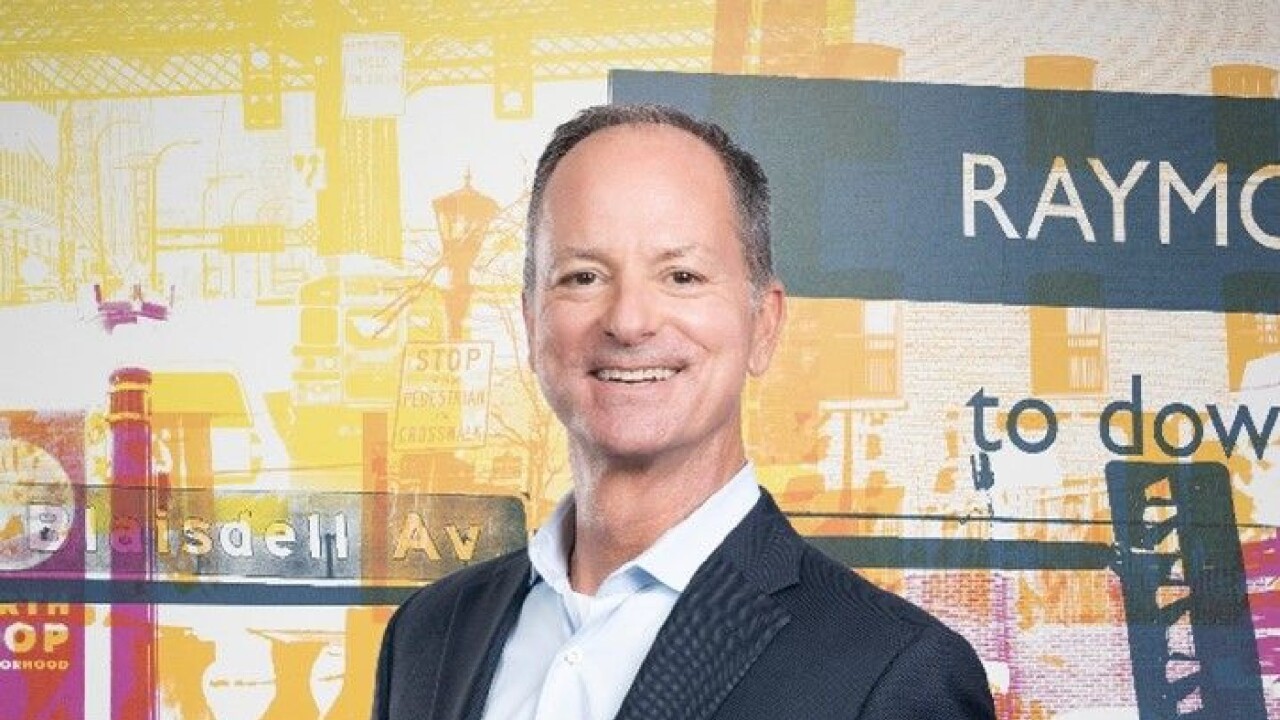AUSTIN, Texas–Credit unions and competing financial institutions are on the edge of an economic environment not seen for more than a decade – a rising interest rate environment.
That’s according to Dave Koch, president and CEO of FARIN Financial Risk Management, Fitchburg, Wis., who told an audience at the CUNA CFO Council conference here rising rate expectations are higher than years past.
“Loan demand has stripped many of the high liquidity levels credit unions enjoyed,” he asserted. To prove his point, he asked those in the audience to raise their hands if they were “tight” on loan-to-share ratio – nearly all did.
“New pressure is being placed on deposits due to large bank liquidity rules, spelling increased pressure on maintaining and growing your core funding,” he told the assembly of credit union professionals.

According to Koch, CUs need to have a plan to raise the rates on historically “cheap” funding. He said management teams need to be asking how issues such as depositor concentrations, age and location demographics, relationship levels, and other factors will influence their future funding stability. Other questions he suggested CUs consider: What are your growth plans and needs? How do your core deposit study results impact your planning and decision making?
“It has been a while since credit unions were operating in a rising-rate environment. That playbook is dusty,” he said with a laugh. “Loans keep going in a rising rate environment, because that means the economy is growing. The problem is, credit unions have to pay more to get deposits. It is a battle for deposits in a new frontier in a war for survival.”
Credit unions need a plan for growing deposits, Koch continued. He said CUs get “very focused” on maintaining current member value, but they also have to attract new members.
“You used to be able to hang a banner on the side of the credit union with a CD rate on it and money would just come in,” he said. “But today, people keep hearing rates are going up, so they don’t want to buy the current 2 percent CD.”
The Federal Reserve Board has increased short-term interest rates six times since 2015, which has led to some movement in the rates credit unions have to offer to attract deposits. Koch said the average special CD rates are 15 months at 1.6 percent to 1.8 percent, and high minimum-tier Money Market Deposit Account rates stand at 1.0 percent to 1.65 percent.
“The common reason for war in the real world is control of waterways and access to clean water. For financial institutions, the water war is liquidity today versus funding tomorrow,” Koch assessed. “The cost of funds management under rising rates is crucial to short-term profitability.”
One of the most critical measures in this endeavor is marginal cost, which Koch defined as the change in overall interest expense for the change in overall balances. When applying marginal cost to the funding growth process, he suggested attempting to minimize paying more for new money than existing money.
“This is going to be very difficult,” he acknowledged.
The 80/20 rule still applies today: 80 percent of deposits are held by 20 percent of depositors. Koch said credit unions need to start a “fish tank” to grow new “whales.”
“You need to understand the market, understand who buys what and know how to reach them,” he advised. “You need to have the technology in place to deliver. Finally, you must allow for proper early warning detection when key assumptions turn out to be wrong.”





